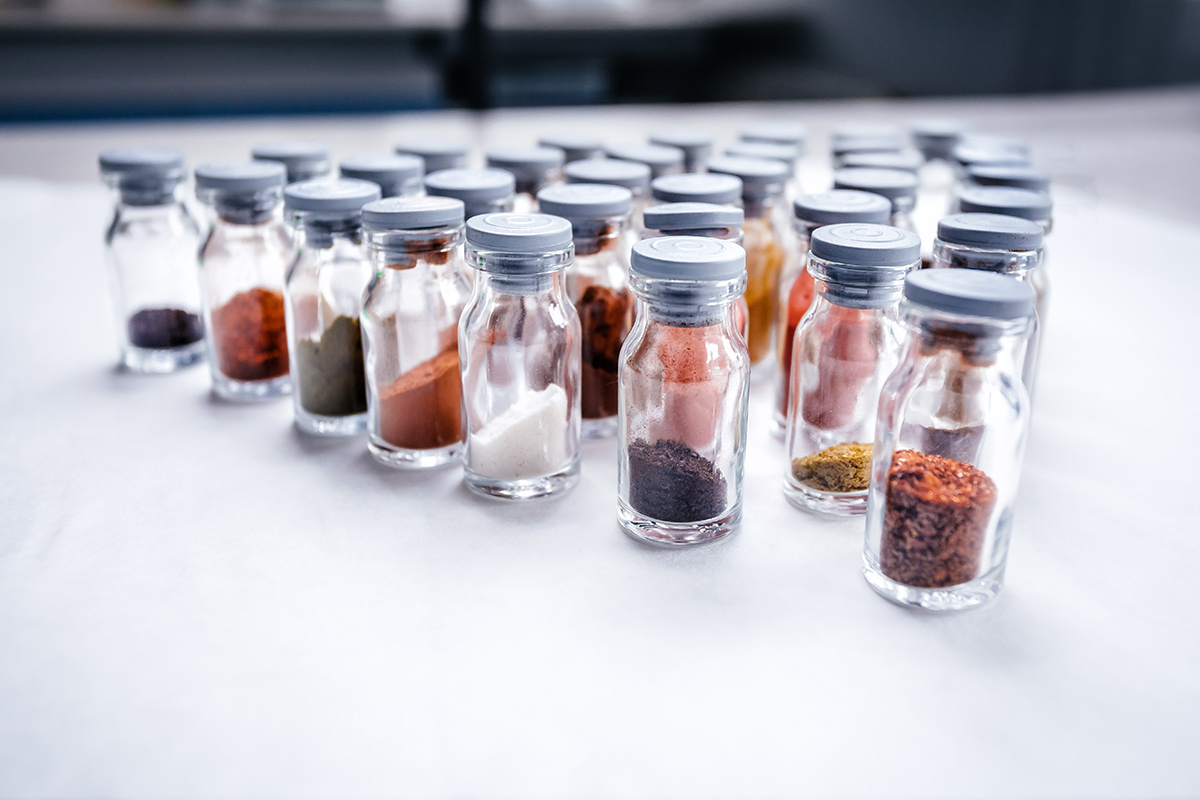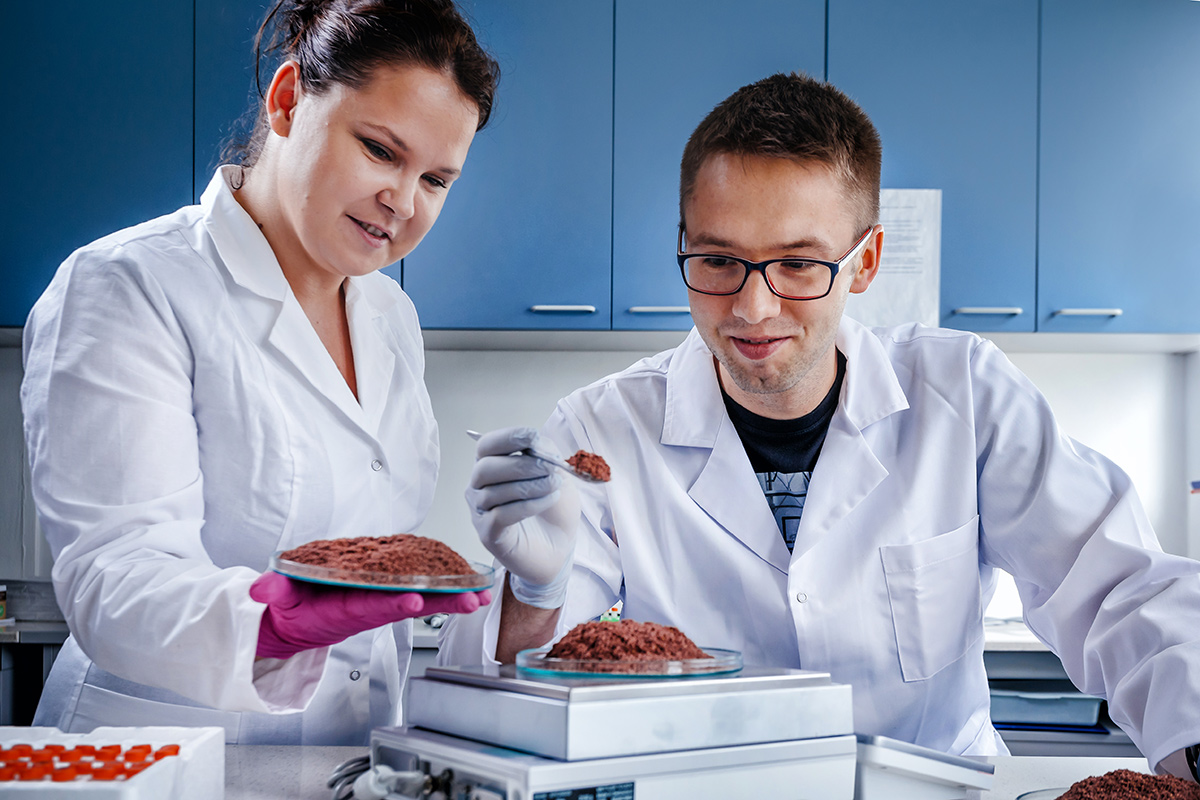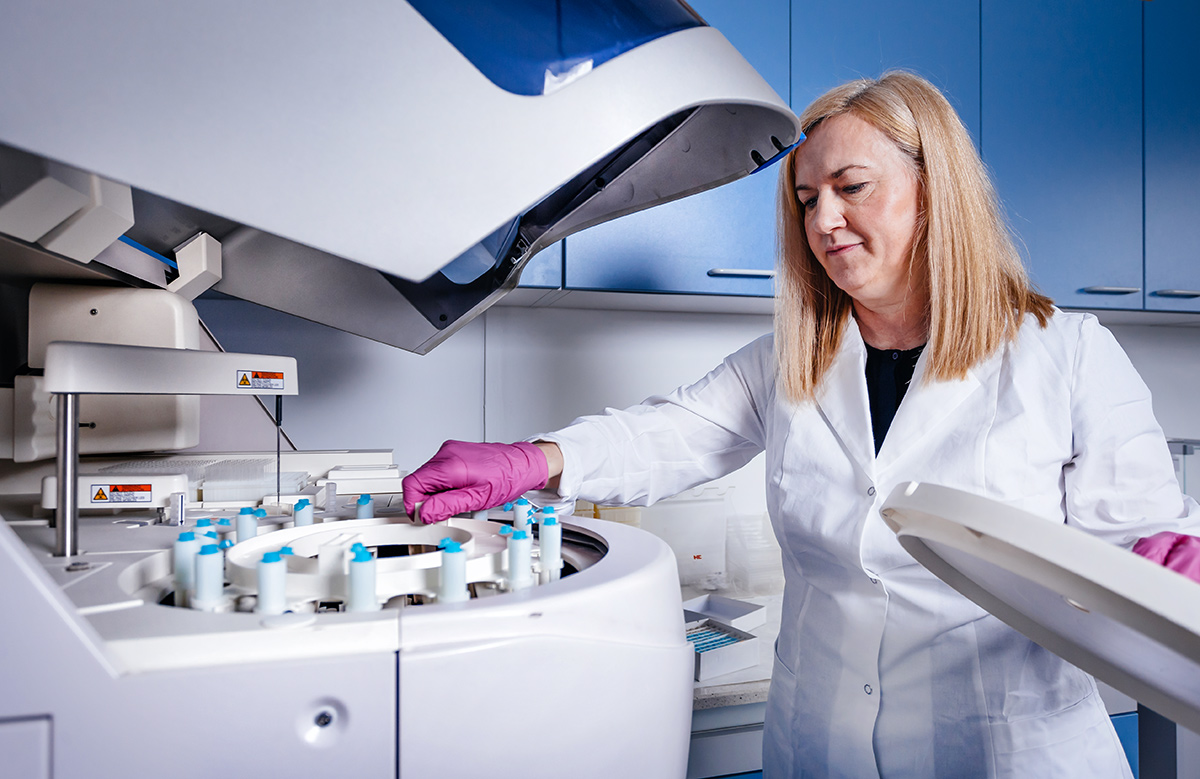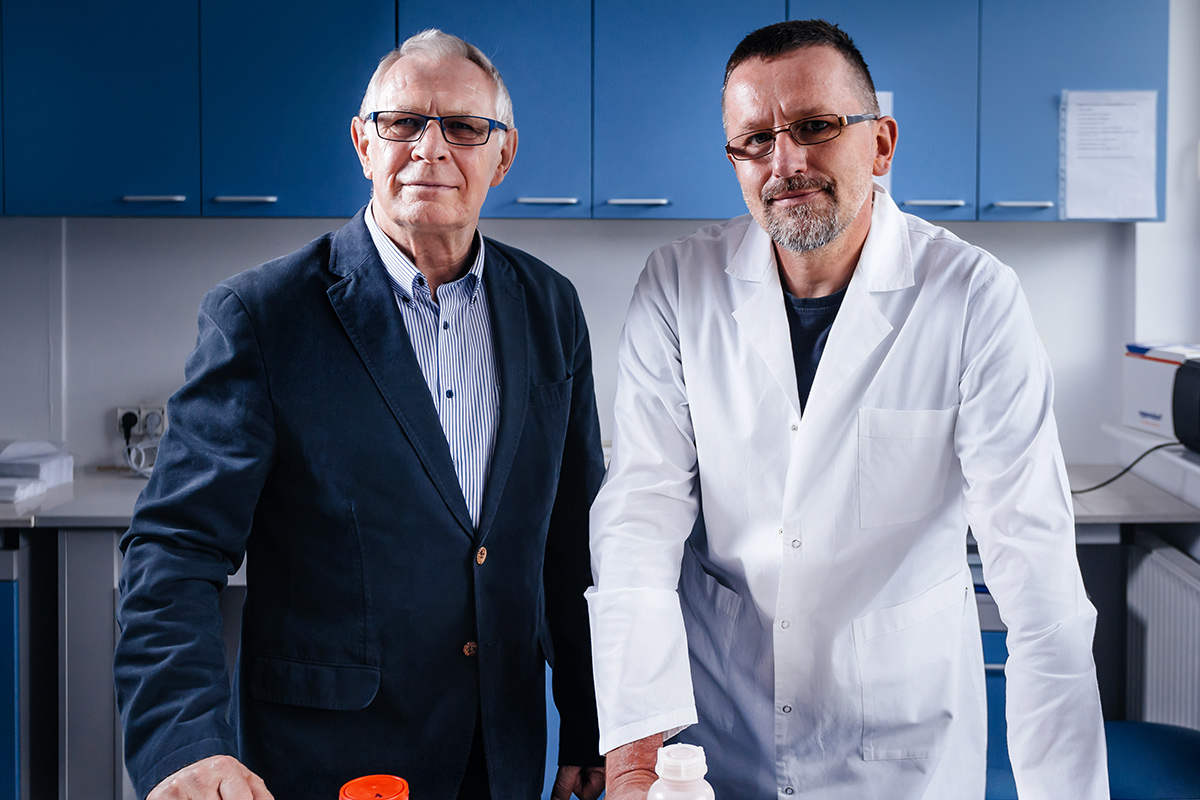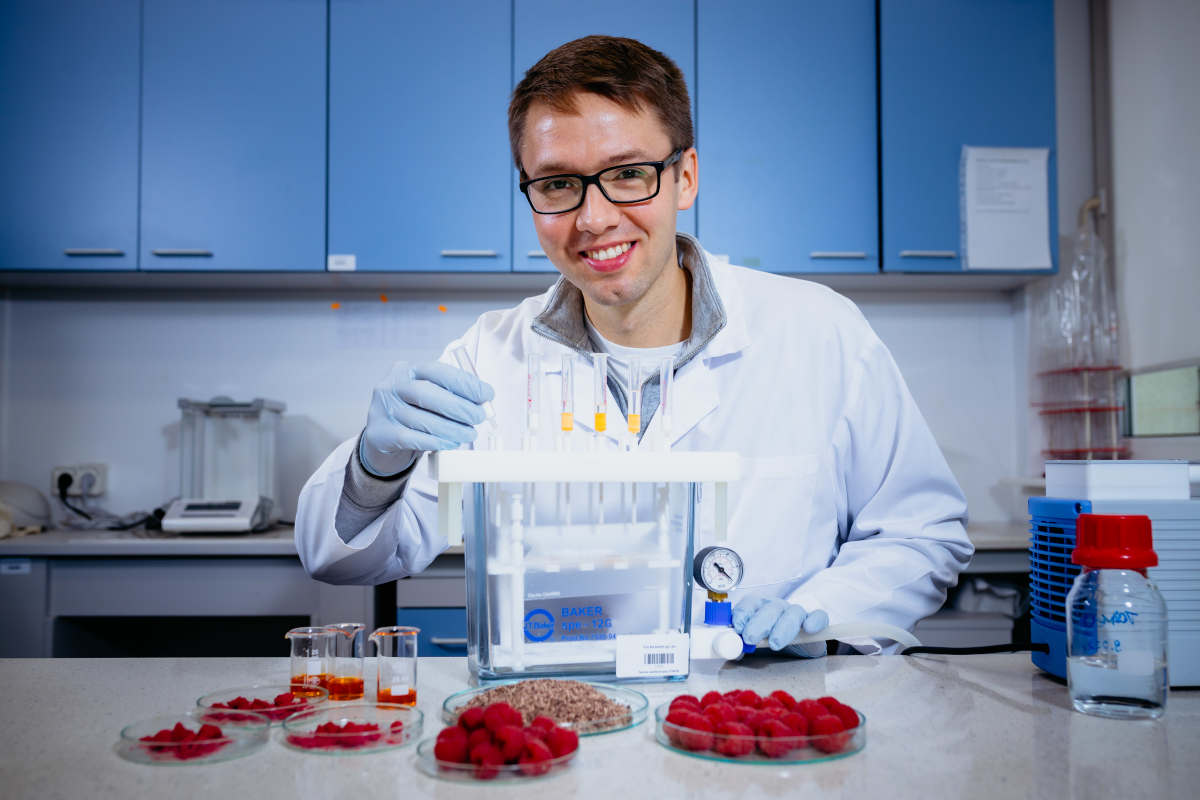- We have discovered that a regular eating of seeds from certain plants (hemp, flax, milk thistle) rich in polyunsaturated fatty acids and other important components, as well as defatted forms of these seeds, can be beneficial for health to the extent dependent on their amount, type of the diet used and genetic predispositions of the consumer (Opyd et al., Nutrients 2018; Jurgoński et al., J. Funct. Foods 2020). The inclusion of hemp seeds or milk thistle seeds into the diet is, among others, more effective in attenuating metabolic disorders specific to genetic obesity than the inclusion of oils from these seeds themselves, which indicates that polyunsaturated fatty acids are less responsible for their health effects than the other components, such as phenolic compounds or fibre (Opyd et al., J. Nutr. 2020; Opyd and Jurgoński, Sci. Rep. 2021).
- Research on enhancing the health-promoting properties of raspberries has shown that: 1) a higher grinding level of raspberry pomace increases the bioavailability of compounds enclosed in the seeds and the fiber matrix, and thus has a positive effect on the parameters of gastrointestinal tract, lipid metabolism, antioxidant status and the synthesis of bile acids in the liver of rats with disorders induced by a high-fat diet, 2) stimulating the gastrointestinal microbiota by enriching the diet with fructo-oligosaccharides increases the metabolism of raspberry polyphenols and intensifies the beneficial effects related to the regulation of lipid metabolism, antioxidant status and pro-inflammatory mechanisms in rats with disorders associated with nonalcoholic fatty liver (Fotschki et al., Food Res. Int. 2019 and 2022; Fotschki et al., J. Nutr. Biochem. 2017; Fotschki et al., Nutrients 2022).
- We have obtained empirical evidence to state that blackcurrant and strawberry pomace are a source of many valuable components, such as dietary fibre, polyphenols and lipids, mainly polyunsaturated fatty acids, the regular consumption of which may be beneficial for health to a degree depending on the type of diet used and the time of its supplementation (Jurgoński et al., Eur. J. Nutr., 2014, 2015 and 2016; Jurgoński et al., Food Nutr. Res. 2015; Jurgoński et al., J. Funct. Foods 2016). The obtained results indicate the possibility of using preparations from blackcurrant and strawberry pomace, such as oils, polyphenolic extracts or fibre-phenolic preparations, in the prevention and treatment of diet-related diseases.
- We have discovered in in vivo experiments that mono- and dimeric ellagitannins are differently metabolised by intestinal microbiota and that is clearly reflected in organism biological response. Additionally, we observed that upon unfriendly large gut environment microbial enzymes are at larger amount released from the bacterial cells in order to obtain an additional energy and to optimize the digestion processes in that section of the gastrointestinal tract (Fotschki, Juśkiewicz et al., Nutrients 2018).
- We have reported that in comparison to a standard dietary copper source in rat feed (copper carbonate) copper nanoparticles possess stronger antibacterial properties in the large intestine, but they are excessively accumulated in brain tissue and may cause hepatic lesions. The latter detrimental action of nanoparticles can be ascribed to their enhanced absorption from the intestinal tract into blood stream (Cholewińska, <…>, Juśkiewicz, PLoS ONE 2018).
- We have observed that epigenetic changes and oxidation of lipids, proteins, and DNA in the heart and brain of rats resulting from the use of a high-fat diet cannot be limited by supplementing the diet with chromium. It was established that the use of chromium to supplement a high-fat diet intensifies the negative epigenetic and oxidative changes in the heart and brain, especially in the case of chromium nanoparticles (Dworzański, <…>, Juśkiewicz et al., Animals 2020).
